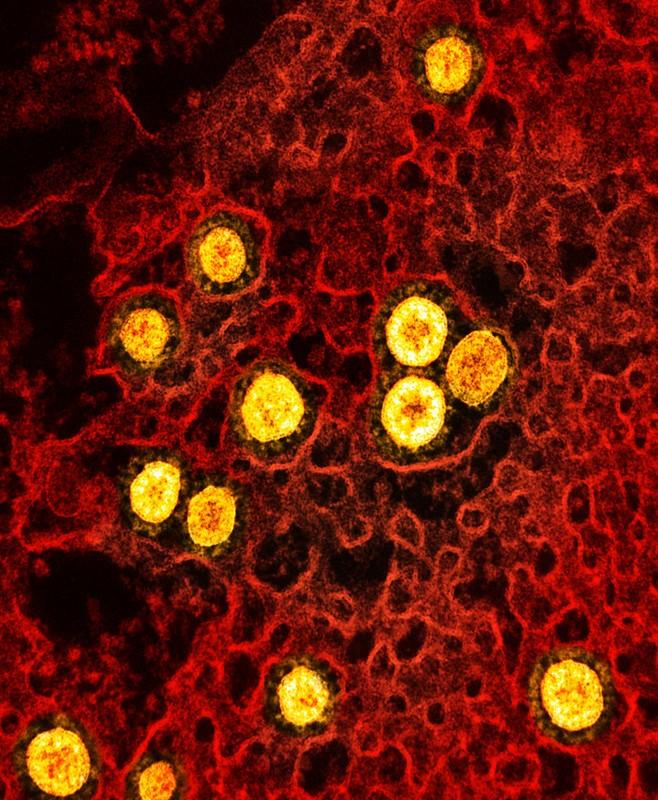US COVID-19 indicators continue a gradual downward trend, with proportions of the Omicron XBB.1.5 variant steadily rising, the Centers for Disease Control and Prevention (CDC) said today in its latest updates.
In international developments, the head of the World Health Organization (WHO) today called on all countries with knowledge about the origin of SARS-CoV-2 to share details with the WHO and the international science community, while reiterating that the WHO continues to push for studies into the origins.
COVID markers fall, but more than 300 die each day
It its biweekly data synopsis, the CDC said the 7-day average for new daily COVID-19 cases is 32,374, down 5.1% compared to the previous week. The daily average for new hospitalizations as of the last week of February was 3,318, a decrease of 7.9% compared to the week before.
An average of 338 people die from COVID-19 each day, reflecting a drop of 3.3% compared to the week before, the CDC said.
Meanwhile, in the latest Omicron variant proportion estimates, the CDC said XBB.1.5 makes up 89.6% of cases, up from 85.4% last week. No other variant showed increasing proportions. The subvariant has been dominant in all US regions over the past few weeks.
WHO weighs in on virus origin controversy
At a media briefing today, WHO Director-General Tedros Adhanom Ghebreyesus, PhD, addressed renewed interest in the origin of SARS-CoV-2 amid assessments, without details, from two US government agencies that the virus likely came from a lab accident.
He said it's important to share what led to the findings, not to assign blame but to better understand how the pandemic began, a key part of preventing and preparing for the next one.
Tedros said the WHO's Scientific Advisory Group for the Origins of Novel Pathogens has spelled out the studies that need to be done, and he said he continues to press China to conduct the probes and share the results.
"Until then, all hypotheses on the origins of the virus remain on the table," he said, adding that political wrangling has made the task of identifying the source more difficult.
All hypotheses on the origins of the virus remain on the table.
In other global developments, COVID-19 activity is rising in a number of European countries, with serious cases and deaths also increasing, the European Centre for Disease Prevention and Control (ECDC) said today in its weekly update. It said XBB.1.5 is now the most frequently detected subvariant, making up 33.8% of cases. Other subvariants still make up substantial proportions, including BQ.1 at 26.8% and BA.2.75 at 22.2%.
In a separate statement, the ECDC said it de-escalated BA.2, BA.4, and BA.5 as variants of concern, because the parental lineages are no longer circulating. Currently, there are no variants of concern on the list, a sign that the epidemiologic situation is currently stable, the group added.
The ECDC has four subvariants of interest on its list, including BQ.1, BA.2.75, XBB, and XBB.1.5.




















